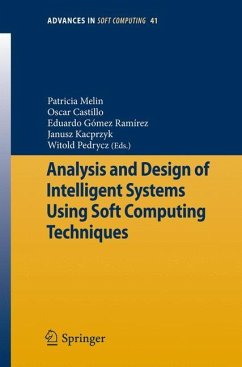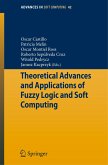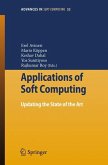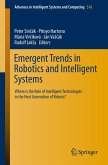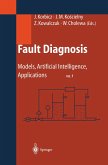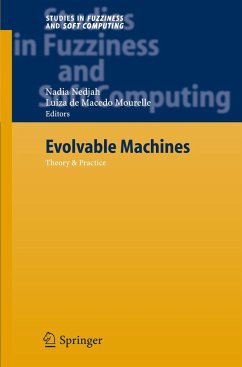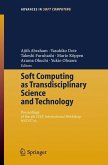This book comprises a selection of papers from IFSA 2007 on new methods for ana- sis and design of hybrid intelligent systems using soft computing techniques. Soft Computing (SC) consists of several computing paradigms, including fuzzy logic, n- ral networks, and genetic algorithms, which can be used to produce powerful hybrid intelligent systems for solving problems in pattern recognition, time series prediction, intelligent control, robotics and automation. Hybrid intelligent systems that combine several SC techniques are needed due to the complexity and high dimensionality of real-world problems. Hybrid intelligent systems can have different architectures, which have an impact on the efficiency and accuracy of these systems, for this reason it is very important to optimize architecture design. The architectures can combine, in different ways, neural networks, fuzzy logic and genetic algorithms, to achieve the ultimate goal of pattern recognition, time series prediction, intelligent control, or other application areas. This book is intended to be a major reference for scientists and engineers interested in applying new computational and mathematical tools to design hybrid intelligent systems. This book can also be used as a reference for graduate courses like the f- lowing: soft computing, intelligent pattern recognition, computer vision, applied ar- ficial intelligence, and similar ones. The book is divided in to twelve main parts. Each part contains a set of papers on a common subject, so that the reader can find similar papers grouped together.

